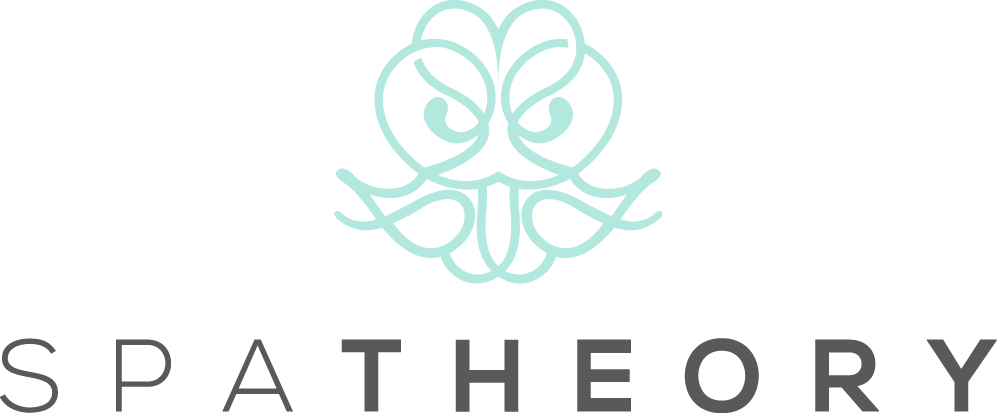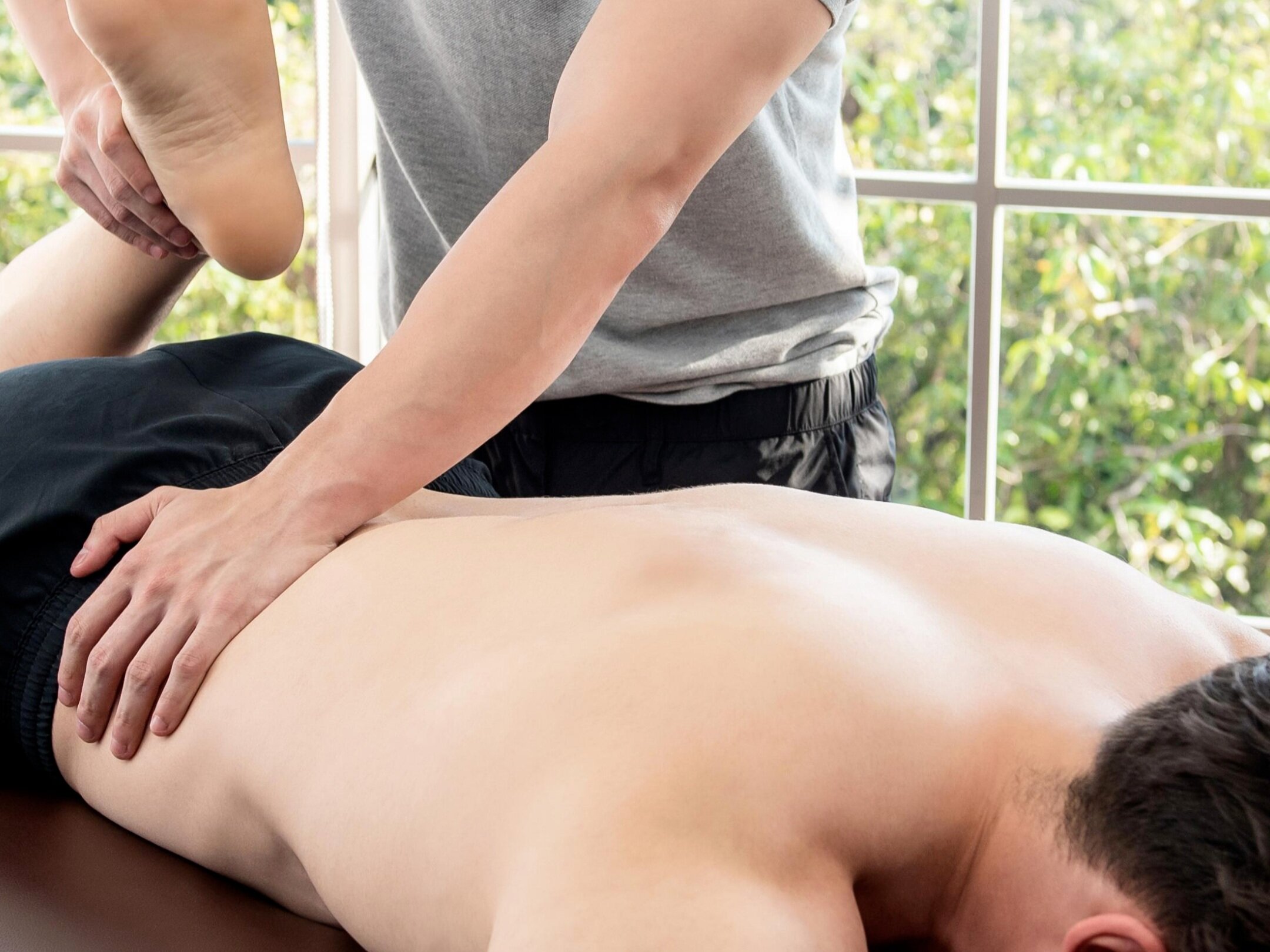Enhanced Athletic Recovery with Sport and Therapeutic Massage
Enhanced Athletic Recovery with Sport and Therapeutic Massage brings together the focused precision of sports massage with the healing depth of therapeutic techniques to accelerate muscle recovery and elevate your performance in the comfort of home.
Research shows the real impact of these methods. A meta-analysis published in BMJ Open Sport & Exercise Medicine shows that post-workout sports massage reduces delayed-onset muscle soreness (DOMS) by approximately 13 percent and improves flexibility. These outcomes that play a vital role in rapid recovery and consistent training build-up. It has also been found to ease fatigue more effectively than methods like compression garments and cryotherapy, helping athletes return stronger.
You should note that sport massage is not only for pros — weekend warriors, gym regulars, and physically active workers benefit when the therapy is applied with sport-specific intent.
In this post, we'll explore the essentials of sport massage, especially for an athlete, its combined effect with therapeutic massage and how you recover faster, sleep better, and move with greater confidence.
Why is it called a sports massage?
Sports massage evolved from manual therapies used to prepare athletes for competition and speed recovery afterward.
The name reflects the focus: techniques are adapted to the biomechanical demands of sport — warm-up strokes to prime circulation before activity, targeted pressure to release adhesions after exertion, and assisted stretches to restore range of motion.
Historically, physiotherapists and athletic trainers formalized the approach to meet athletes’ training needs: preparation, peak performance, and recovery.
Modern sports massage blends traditional modalities (Swedish, effleurage, petrissage) with targeted interventions (trigger point release, myofascial release, active-assisted stretching) to align treatment with training cycles, hence the “sports” label.
What is sport massage therapy?
Sport massage therapy is a special type of massage designed to help athletes recover faster and perform better. The therapist studies how you move, finds muscles that are overused, and chooses techniques that match your needs.
Before an event: sessions are short and energizing. They warm up the muscles and prepare your body to perform.
After an event: the focus is on relaxing tight muscles and clearing waste products from your tissues so recovery starts quickly.
During training breaks: deeper techniques are used to improve flexibility, reduce pain, and keep your body moving well.
Professional sport massage often uses simple tests to track results, like checking your range of motion, measuring soreness, or comparing muscle tightness.
With our in-home or mobile delivery which we offer at SpaTheory, you don’t need to visit a clinic. Therapists bring massage tables, recovery tools, and even extras like contrast therapy or compression. You get the same high-quality recovery right in your living room.
What are the 4 types of sports massage?
Sports massage is often grouped into four main types:
Pre-Event (Performance Prep): Fast strokes and light stretches about 30–60 minutes before exercise. Goal: increase blood flow, raise muscle temperature, and boost focus.
Post-Event (Recovery): Gentle techniques to reduce soreness and help your body flush out waste. Goal: speed recovery after exercise.
Restorative/Rehabilitative: Deeper work for injuries or long-term tightness. Goal: improve healing and rebuild mobility.
Maintenance/Performance Optimization: Regular sessions that mix deep tissue, stretching, and education. Goal: keep your body balanced and ready for ongoing training.
When to use each:
Use pre-event before competitions.
Choose post-event after hard workouts.
Book restorative if you are injured or very stiff.
Plan maintenance during heavy training seasons.
Benefits of Sport Massage
Sports massage has both body and mind benefits:
Increases flexibility in the short term.
Reduces muscle soreness after exercise.
Helps relieve pain in tight or injured areas.
Improves relaxation, sleep, and mental readiness.
Research shows it may not directly make you stronger or faster, but it keeps your body healthier so you can train more consistently. Regular sports massage can prevent small problems from becoming bigger injuries, which means fewer breaks in training.
Sports Massage Techniques
Here are common techniques you might experience in a sports massage:
Effleurage & Petrissage: Long, gentle strokes to warm up tissues and improve circulation.
Deep Tissue/Compression: Firm, slow pressure on tight or injured spots.
Trigger Point Release: Pressing on “knots” in muscles to reduce pain that spreads to other areas.
Myofascial Release: Gentle stretching of connective tissue to release stiffness.
Active Assisted Stretching / PNF: Therapist helps you stretch while you gently activate the muscles.
Soreness after a Sport Massage
It is common to feel mild soreness after a sports massage, especially if deeper techniques are used. This usually goes away in 24–72 hours.
Normal soreness feels like: tired muscles or mild stiffness.
Not normal (red flags): sharp or worsening pain, swelling, fever, numbness, or tingling. If these happen, see a doctor.
To recover faster after massage:
Drink plenty of water.
Do light movement (walking or stretching).
Try contrast showers (hot and cold).
Schedule an easier session if soreness lasts more than 3 days.
Being open about normal soreness builds trust and helps clients feel safe.
What is a Therapeutic Massage?
Therapeutic massage is a broad approach that focuses on reducing pain, improving movement, and supporting recovery from injuries or daily stress.
Therapists assess the cause of your problem—whether it is poor posture, muscle overuse, or injury. They then use evidence-based methods like Swedish, deep tissue, trigger point, or myofascial release.
A therapeutic plan may also include home stretches, exercises, and self-care education. This type of massage is ideal if you want to:
Reduce pain
Improve function
Heal from soft-tissue injuries
Lower stress and tension
What is the difference between therapeutic and sport massage?
| Aspect | Sports Massage | Therapeutic Massage |
|---|---|---|
| Goal | Improve performance and recovery | Reduce pain and improve daily function |
| Techniques | Event-specific prep or recovery + stretching | Assessment-based, pain-relief techniques |
| Who it’s for | Athletes and active people | Anyone with pain, stiffness, or injury |
| Session design | Matches training cycles | Matches clinical or wellness goals |
Combined Benefits of Sports and Therapeutic Massage
Sports massage and therapeutic massage can work together to give a complete recovery experience. Sports massage uses methods like pre-event mobilizations (to prepare your muscles before activity) or post-workout flushing strokes (to relax the muscles after activity). Therapeutic massage adds techniques such as trigger point release and myofascial relief, which loosen tight spots and reduce tension in connective tissue.
When these techniques are combined, they ease soreness, support injury healing, and calm your nervous system. Research shows that sports massage improves flexibility and reduces muscle soreness (DOMS), even though direct performance results are mixed.
With mobile therapy, your session is made for your needs. For example, before a race, your therapist may use sports massage on your hamstrings. Afterward, they may add therapeutic pressure to release deeper knots.
Why Mobile sport massage Works Better
At-home sport and therapeutic massage have clear advantages:
Save time and feel comfortable – no need to travel; you can rest right after your session.
Enjoy privacy – no waiting rooms, only you and your therapist in a familiar setting.
Customize your environment – control the lights, scents, and music to match your recovery mood.
Get personalized insights – your therapist sees how you move and recover in your own space and gives advice that fits your lifestyle.
Improved Flexibility Through Mobile Sport Massage Therapy
Mobile sport and therapeutic massage can improve flexibility and joint mobility. It combines active-assisted stretches (where the therapist helps move your muscles) with therapeutic pressure to improve blood flow and reduce muscle tightness.
Research shows that even though pre-event massage may not improve explosive strength, it does consistently improve flexibility, especially when paired with dynamic stretching.
Your therapist can guide you through controlled stretches such as hamstring slides or hip openers while adding pressure or myofascial release. This method helps unlock tight muscles, makes movement smoother, and lowers the risk of injury. Since it is mobile, every part of the session—stretch depth, pressure, timing—is adjusted just for you.


